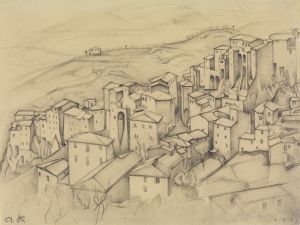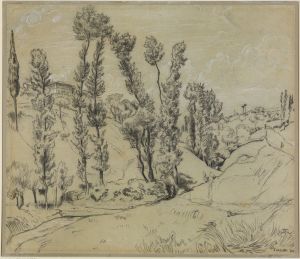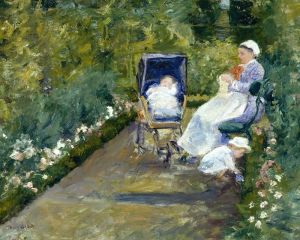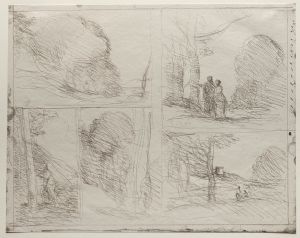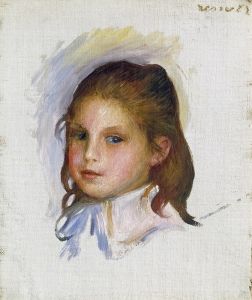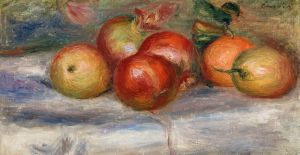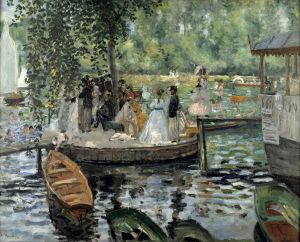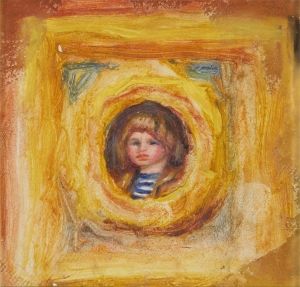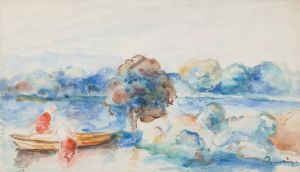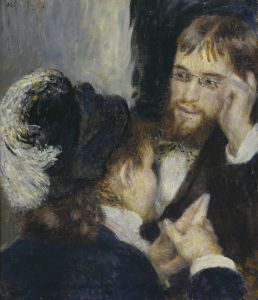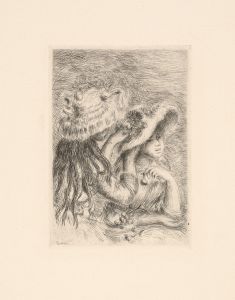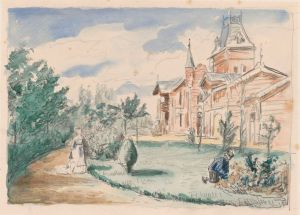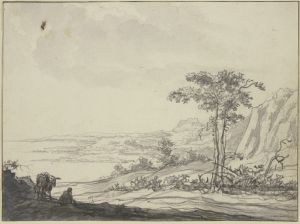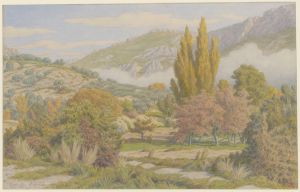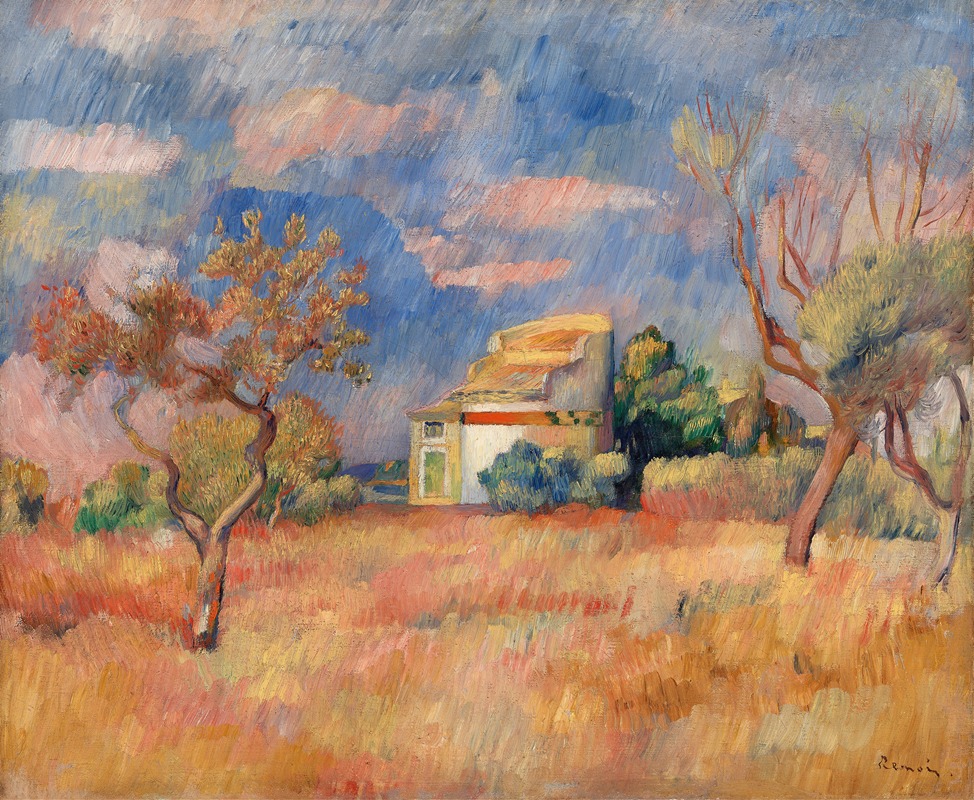
Dovecote at Bellevue
A hand-painted replica of Pierre-Auguste Renoir’s masterpiece Dovecote at Bellevue, meticulously crafted by professional artists to capture the true essence of the original. Each piece is created with museum-quality canvas and rare mineral pigments, carefully painted by experienced artists with delicate brushstrokes and rich, layered colors to perfectly recreate the texture of the original artwork. Unlike machine-printed reproductions, this hand-painted version brings the painting to life, infused with the artist’s emotions and skill in every stroke. Whether for personal collection or home decoration, it instantly elevates the artistic atmosphere of any space.
Pierre-Auguste Renoir, a leading figure in the Impressionist movement, is renowned for his vibrant light and saturated color, often focusing on people in intimate and candid compositions. One of his lesser-known works, "Dovecote at Bellevue," exemplifies his skill in capturing the essence of a scene with his characteristic brushwork and attention to light.
"Dovecote at Bellevue" was painted during a period when Renoir was exploring the effects of natural light and the interplay of colors in outdoor settings. This painting is believed to have been created in the late 19th century, a time when Renoir was actively experimenting with Impressionist techniques. The dovecote, a structure designed to house pigeons or doves, serves as the focal point of the composition, set against a lush, verdant backdrop that showcases Renoir's ability to depict the natural world with a sense of immediacy and vibrancy.
Renoir's use of color in "Dovecote at Bellevue" is particularly noteworthy. The painting features a rich palette of greens, blues, and earth tones, which are applied with loose, fluid brushstrokes. This technique not only captures the texture of the foliage and the structure itself but also conveys the dappled light filtering through the trees, a hallmark of Renoir's Impressionist style. The play of light and shadow in the painting creates a dynamic sense of depth and movement, inviting the viewer to experience the tranquility and beauty of the scene.
The composition of "Dovecote at Bellevue" reflects Renoir's interest in capturing everyday life and the beauty of the natural environment. The dovecote, while a simple and utilitarian structure, is rendered with a sense of charm and elegance, suggesting Renoir's appreciation for the harmony between human-made structures and their natural surroundings. This theme is consistent with many of Renoir's works, which often depict leisurely outdoor scenes and the interplay between people and nature.
Renoir's approach to painting during this period was heavily influenced by his interactions with other Impressionist artists, such as Claude Monet and Alfred Sisley, who shared his interest in plein air painting and the effects of light. "Dovecote at Bellevue" is a testament to Renoir's mastery of these techniques, as well as his ability to infuse his landscapes with a sense of warmth and vitality.
While "Dovecote at Bellevue" may not be as widely recognized as some of Renoir's other works, it remains an important example of his contribution to the Impressionist movement. The painting exemplifies his dedication to capturing the fleeting beauty of the natural world and his skill in using color and light to evoke emotion and atmosphere.
In summary, "Dovecote at Bellevue" by Pierre-Auguste Renoir is a quintessential Impressionist painting that highlights the artist's ability to depict the natural world with vibrancy and sensitivity. Through his use of color, light, and composition, Renoir creates a scene that is both serene and lively, inviting viewers to appreciate the simple beauty of a dovecote nestled within a lush landscape.





